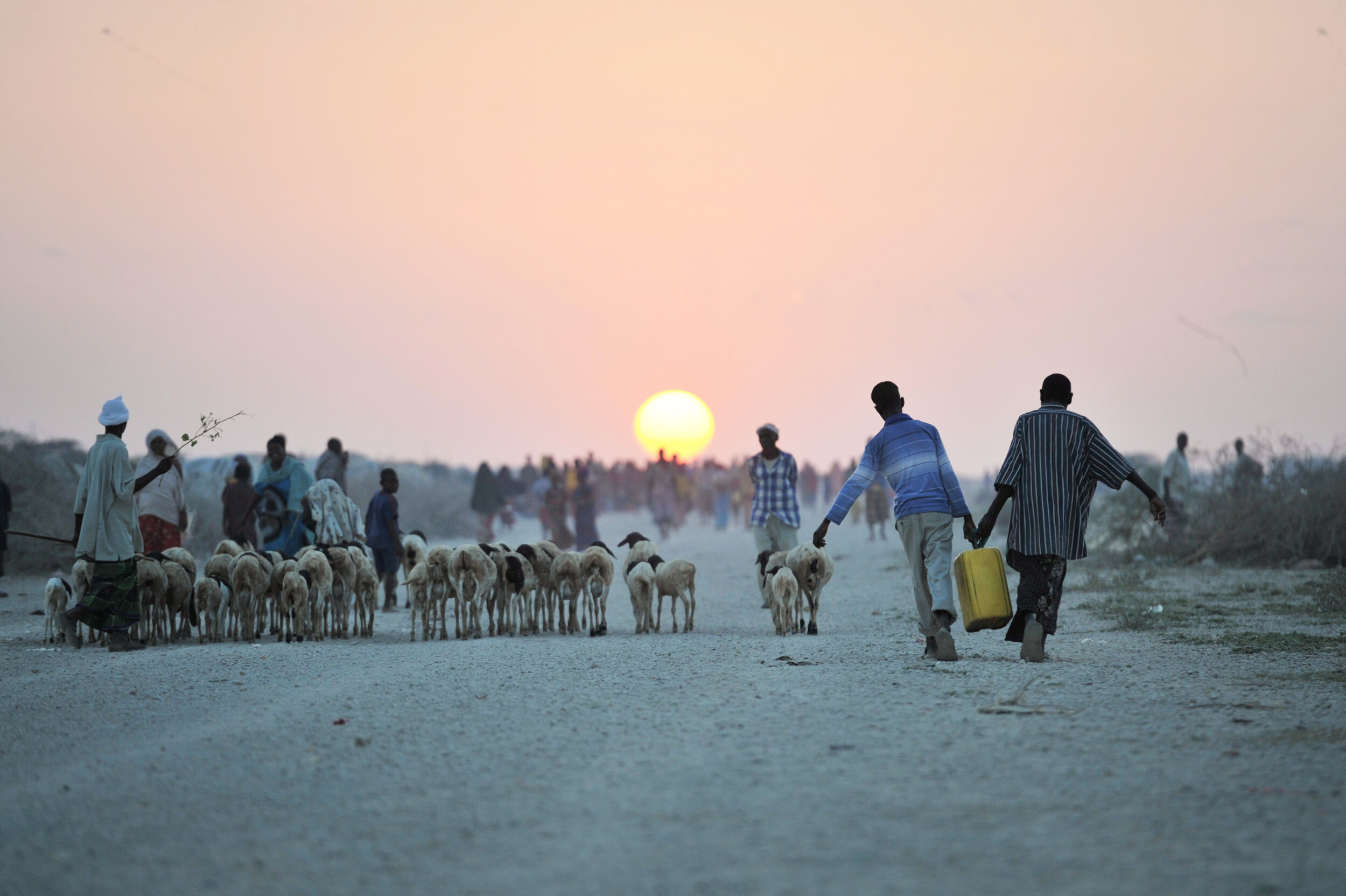Sexual assault prevention campaigns have been circulating on social media, giving tools to women and men around the world to remove themselves from threatening situations and ward off sexual predators.
Naval Hospital Bremerton's 'Chalk the Walk' display on a visual reminder that April is Sexual Assault Awareness and Prevention Month. Official U.S. Navy Imagery. CC BY 2.0.
Sexual assault is a major issue across the world. From childhood bedrooms and college parties to first dates and marital beds, both women and men alike experience unwanted sexual attention and violence. According to the World Health Organization, 1 in 3 women experience physical or sexual violence from a partner or non-partner in their lifetime. Similarly, at least 1 in 6 men have experienced sexual abuse or assault.
In the past, survivors and allies frequently shied away from speaking about sexual assault; however, in recent years, the topic that was considered taboo is beginning to be spoken about more frequently and openly. Today, workplaces require sexual assault education courses, educational institutions encourage victims to utilize the resources available to them, and social media keeps the conversation alive with its various sexual assault resources, prevention and discussion accounts. People are now more aware of the severity of sexual assault and the long lasting psychological implications it can have on victims, as well as how to report a sexual attack, cope with an unwanted sexual experience or escape situations in which sexual abuse feels imminent.
In recent years, many sexual assault prevention campaigns have been created, often utilizing social media to share these life-saving tactics. One campaign that gained global traction online is “Ask For Angela,” which was launched in Lincolnshire, England by Hayley Child in 2016. The campaign is named in memory of Angela Crompton, a woman who was abused and killed by her husband in 2012 when an argument about redecorating spiraled out of control. Ask For Angela was created to help people escape uncomfortable and potentially threatening situations. By asking a bartender, waiter or employee of an establishment, “is Angela working tonight?” the employee will be alerted that the patron is uncomfortable and would like to be safely and discreetly escorted home. However, Ask For Angela is only effective if the establishment is aware of the phrase and has trained its staff to respond appropriately.
Not only did this campaign gain a lot of traction, but it even encouraged another code word system based on Ask For Angela. The spin-off exists in the United States where, rather than asking if Angela is working, a customer will ask for an “angel shot” when they feel unsafe. Additional setting-appropriate phrases exist to secretly and specifically identify what type of help the person needs. If the person wants the shot “neat,” they want to be escorted to their car; if they want the shot “on the rocks,” they want the establishment to call a taxi for them; and if they want the shot “with a lime,” they are requesting police assistance.
While #AskforAngela recently resurfaced on social media, it is just one of many sexual assault prevention tactics that exist. TikTok is more than an app to share Gen Z’s trendy short dances, comedy skits and shopping hauls—many people have posted videos that mimic real-time phone calls as a way to ward off threatening Uber drivers or escorts when played aloud. According to Uber’s safety report, out of 1.3 billion trips in 2018, over 3,000 sexual assaults and nine murders occured. These TikTok videos typically include a fictitious friend subtly stating that they have your live location, are tracking your ride and are awaiting your arrival, alerting the driver that whatever potential predatory plans they had in mind will not go uncaught. These videos are especially helpful and reassuring because they can be used at times when friends and family members cannot be reached.
Beyond campaigns like these, there are many social media accounts dedicated to sexual assault awareness and discussion. While there is no evidence to suggest that these social media campaigns are effective in deterring sexual violence, at the very least, these initiatives reassure men and women that they are not powerless in those situations. It is important that these posts continue to circulate on social media and inform people how to help others in danger, as well as how to get help when necessary.
TO GET INVOLVED
While it may seem hard to combat sexual assault as an ally, there are many ways to get involved. The Rape, Abuse & Incest National Network—an American non-profit that aims to raise awareness about sexual assault and provide resources and support for sexual assault survivors—is always looking for volunteers to help with it’s 24/7 live chat and hotline, as well as to lead fundraising efforts for research and support programs.
Similarly to RAINN, NO MORE works toward ending sexual violence by spreading awareness, selling products, accepting donations and spearheading various sexual assault prevenetion campaigns. To support NO MORE in their efforts to prevent sexual violence, take the pledge, buy their products and wear their merchandise to show allyship and raise awareness of their organization and cause.
Ending Rape on Campus is an organization that works to prevent sexual assault by providing educational resources in school environments. Help EROC by signing up for its “Action Alerts,” and stay informed about what petitions to sign, events to attend and protests to support.
Mia Khatib
Mia is a rising senior at Boston University majoring in journalism and minoring in international relations. As a Palestinian-American, Mia is passionate about amplifying the voices of marginalized communities and is interested in investigative and data-driven journalism. She hopes to start out as a breaking news reporter and one day earn a position as editor of a major publication.








